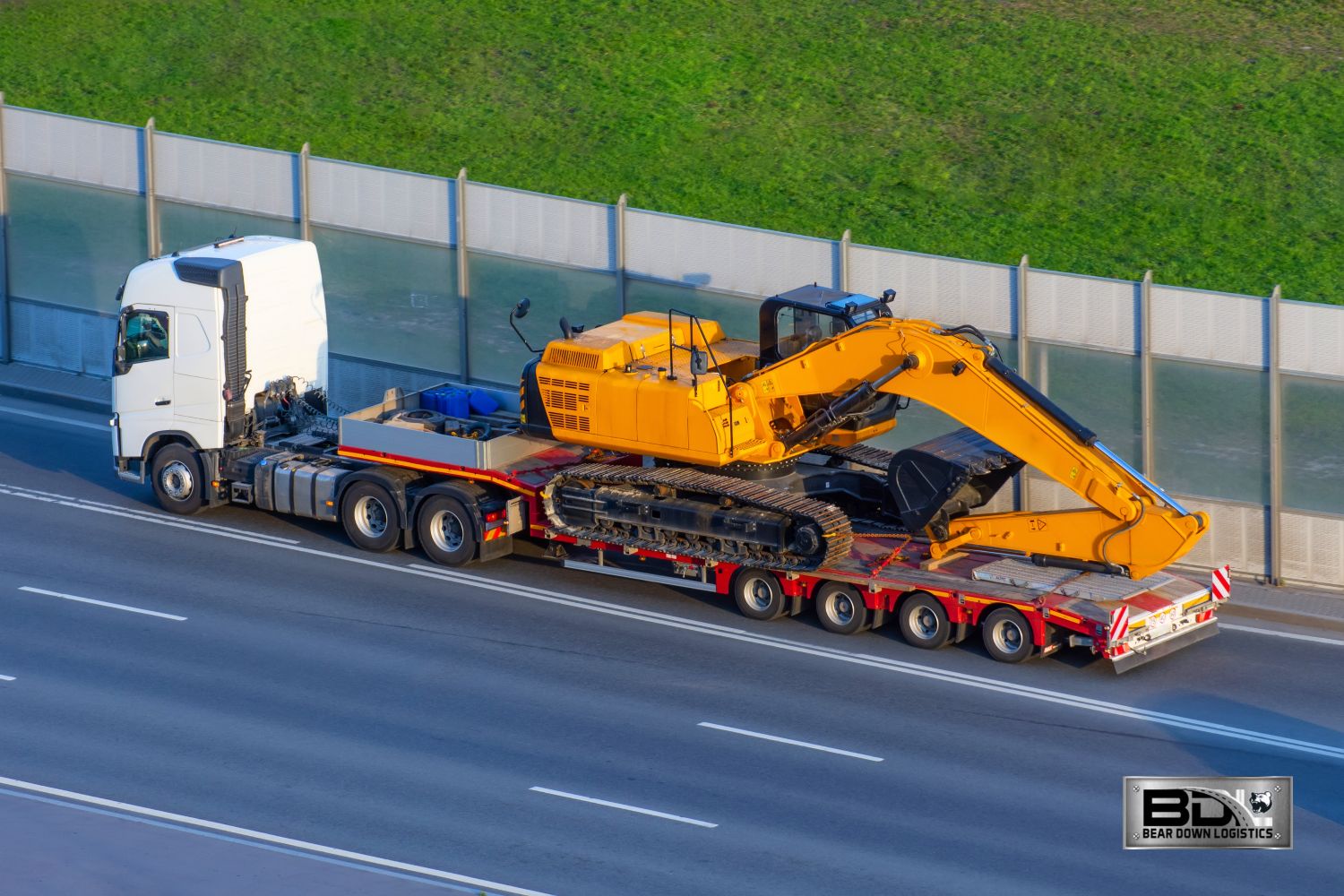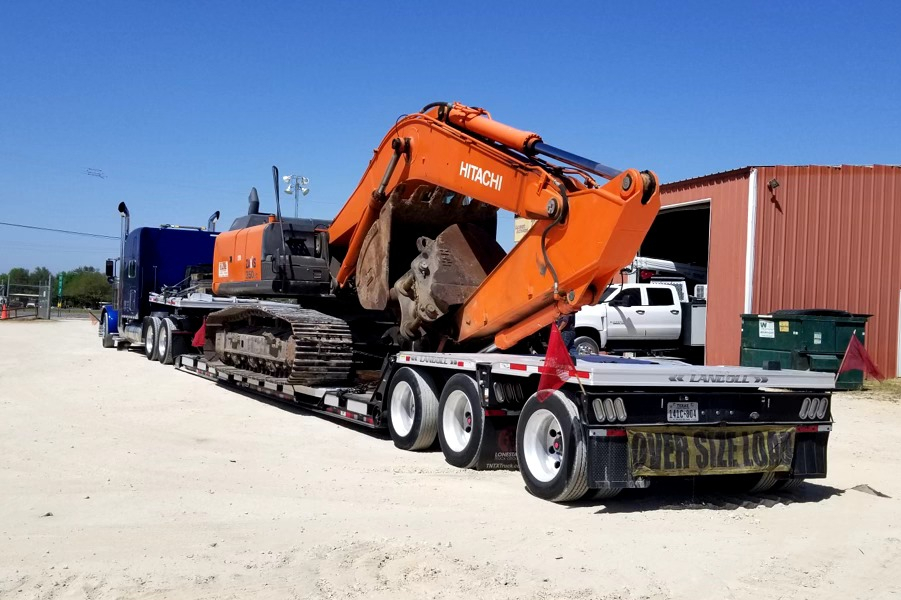In the fast-paced world of construction, efficiency, strength, and precision are essential. Among the wide range of machinery available on worksites, the construction-equipment wheel-loader stands out as one of the most versatile and dependable machines. Bear Down Logistic, the focus on delivering effective hauling and construction support highlights how critical this machine has become in modern projects. From excavation and earthmoving to material handling, a wheel-loader plays a central role in improving productivity and supporting workers in achieving demanding project goals.
The Role of a Wheel-Loader in Construction
A wheel-loader is a heavy-duty machine designed with a powerful front-mounted bucket, supported by robust wheels and hydraulic systems. Unlike tracked equipment, its wheel-based mobility allows it to travel easily across construction sites, roadways, and uneven terrains. Its adaptability makes it indispensable for projects ranging from road construction and mining to landscaping and site preparation. By combining power with maneuverability, the wheel-loader ensures that materials are moved quickly and effectively, reducing downtime on critical tasks.
Enhancing Worksite Productivity
One of the most significant advantages of using a wheel-loader is its ability to streamline operations. Workers can accomplish tasks that would otherwise require multiple smaller machines or excessive manual labor. The loader’s bucket capacity allows it to carry large volumes of soil, gravel, sand, or debris, minimizing the number of trips needed. This efficiency directly impacts project timelines, allowing deadlines to be met without compromising quality. In addition, the hydraulic system enables fast lifting and dumping cycles. This means less waiting time between tasks, ensuring a smooth workflow across the worksite. The result is a more synchronized and organized construction process that boosts both speed and output.

Versatility Across Tasks
A construction-equipment wheel-loader is not limited to a single function. Its design supports a variety of attachments, turning it into a multi-functional powerhouse. Beyond carrying loose material, it can be used for lifting pallets with forks, clearing debris with grapples, or even pushing heavy objects with blades. This adaptability reduces the need for multiple machines on the same site and simplifies logistics for project managers.
Safety Advantages in Construction Environments
Safety is a top priority on any worksite, and wheel-loaders contribute significantly to minimizing risks. The elevated cab provides operators with a wide field of vision, reducing blind spots and increasing awareness of surroundings. Modern wheel-loaders are also equipped with stability controls that prevent tipping, even when handling heavy loads on uneven terrain. By enabling safer material handling, these machines lower the chance of accidents and injuries, making them an asset for any construction project.
Environmental Efficiency and Sustainability
The construction industry is increasingly focused on sustainability, and wheel-loaders are evolving to meet these needs. Many modern models are designed with fuel-efficient engines and reduced emission systems. Their ability to handle large volumes of material in fewer cycles also reduces the overall environmental impact of operations. This balance between productivity and sustainability ensures that projects can meet both performance and environmental goals.
Operator Comfort and Control
A productive workforce relies on well-designed equipment. Wheel-loaders today are built with ergonomically designed cabins, ensuring operators can work long hours without fatigue. Features such as adjustable seating, user-friendly controls, and climate-controlled environments create a comfortable workspace. When operators are less stressed and more comfortable, their efficiency naturally increases, and errors are minimized.
Situations Where Wheel-Loaders Excel
The usefulness of a wheel-loader extends across many industries, not just construction. They are valuable in agriculture, where they move large amounts of feed or fertilizer, and in municipal projects for tasks like snow removal and waste management. Their design enables them to adapt to both urban and rural environments, further proving their versatility.
-
Moving heavy earth materials with speed and precision
-
Clearing and preparing land for new structures
-
Handling waste, debris, or snow in municipal projects
-
Supporting agriculture with feed and fertilizer transportation
Reducing Manual Labor Demands
By replacing labor-intensive tasks, a wheel-loader reduces the strain on human workers. Shoveling, hauling, and lifting heavy loads manually are time-consuming and physically exhausting. With a wheel-loader, these tasks can be completed in a fraction of the time, giving workers the ability to focus on more skilled aspects of construction. This not only boosts morale but also enhances the overall quality of the project.
Integration into Large and Small Projects
Wheel-loaders are equally effective on large-scale industrial construction sites and smaller local projects. For large projects, they manage bulk material handling efficiently, while on smaller sites, their maneuverability ensures they can operate in confined spaces without difficulty. This scalability makes them a preferred choice for contractors who work across a wide variety of job sizes and requirements.

Contribution to Long-Term Project Reliability
A well-maintained wheel-loader contributes to consistent reliability over the long term. Their robust build and engineering allow them to endure demanding workloads without frequent breakdowns. With proper maintenance schedules, they remain dependable assets for years, reducing project interruptions and ensuring continuity across construction cycles.
Conclusion
The construction-equipment wheel-loader has firmly established itself as one of the most vital machines in modern construction and related industries. At Bear Down Logistic, the emphasis on dependable equipment showcases just how impactful these machines are in improving worksite efficiency, safety, and versatility. By reducing manual labor, increasing productivity, and offering sustainable performance, wheel-loaders are integral to ensuring projects meet their goals with precision and reliability.
FAQs
What is the primary purpose of a wheel-loader in construction?
A wheel-loader is mainly used for lifting, carrying, and moving bulk materials such as soil, gravel, or debris efficiently across construction sites.
How does a wheel-loader improve safety on worksites?
Its elevated cab design and stability systems provide operators with greater visibility and control, reducing risks of accidents and equipment tipping.
Can wheel-loaders be used outside of construction?
Yes, wheel-loaders are widely used in agriculture, municipal services, and landscaping due to their versatility and ability to handle diverse materials.
What makes wheel-loaders more efficient than manual labor?
They complete heavy lifting and material transportation tasks quickly and effectively, reducing physical strain on workers while speeding up project timelines.
Why are wheel-loaders considered versatile machines?
They can be fitted with a range of attachments such as forks, grapples, and blades, enabling them to perform multiple tasks beyond simple material handling.













Comments (0)